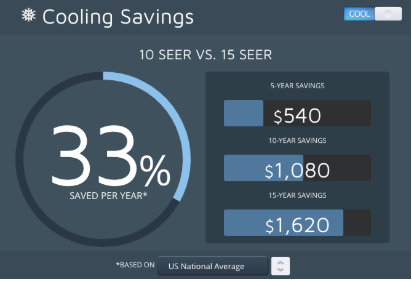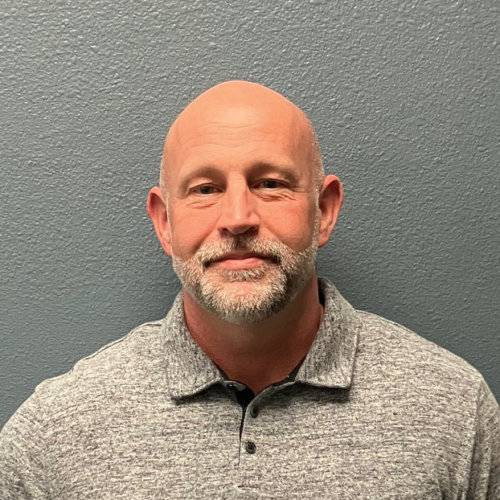What Efficiency Rating is Best for My Heat Pump? A Phoenix Tech Explains
January 21, 2020
Because heat pumps both heat and cool your home, when we talk about the efficiency of a heat pump, we are actually talking about two different types of efficiency:
- Seasonal Energy Efficiency Ratio (SEER), which measures how efficiently your heat pump cools your home.
- Heating Seasonal Performance Factor (HSPF), which measures how efficiently your heat pump heats your home.
For Phoenix homeowners, we would suggest buying a heat pump with a SEER rating between 15-18 and an HSPF of 8.2.
Below, we’ll go into more detail about what HSPF and SEER are and why they matter, so you can get a better idea of which efficiency rating is best before buying a heat pump.
Rather have a professional determine what efficiency rating you need for your heat pump? We’re happy to help. You can learn more about our heat pump installation services or…
What do SEER and HSPF mean (and why does it matter)?
As we mentioned above, HSPF and SEER measure the efficiency of your heat pump. That is, how much heat your system can either take out of your home (in cooling mode) or draw into your home (in heating mode) per hour.
The HSPF of a heat pump ranges from 8.2-13, and the SEER rating of a heat pump ranges from 14-24. The higher the number, the more efficient the heat pump is.
So, why have we recommended an HSPF of 8.2 and a SEER rating of 15-18?
As you can imagine, the more efficient your heat pump is, the more expensive it will be upfront.
In Phoenix, where winter temperatures are mild, we wouldn’t advise a homeowner to spend a lot on a heat pump with a high HSPF rating because they likely won’t see a ton of savings on winter energy bills.
However, we usually do advise Phoenix homeowners to buy a heat pump with a SEER rating that is higher than the minimum, because you will usually see energy savings in the summer with a higher SEER rating.
For example, below is the 5-year, 10-year and 15-year cost savings a homeowner may see with a system that has a SEER rating of 15 vs. a SEER rating of 10.

If you want to see estimates of the long-term savings of different SEER ratings, you can head to the Lennox SEER calculator.
That being said, there are many factors that will dictate whether the upfront cost of a heat pump with a higher HSPF or SEER rating will pay off in the long run, like:
- Whether your ductwork has leaks or holes
- The size of your new heat pump
- The amount/quality of insulation in your home
- The number of windows and doors in your home (and how they’re insulated)
- Your heating/cooling preferences
To determine whether a heat pump with a higher HSPF and SEER rating will benefit you over time, you should have a tech evaluate your home and current system, taking into consideration the factors listed above. This will give you a better idea of what efficiency rating (HSPF and SEER) will be worth the upfront investment.
Ready to install a heat pump? Hire the best in the valley: Patrick Riley
Whether you have an idea of which efficiency rating you want or you still need a technician to determine that for you, we’re happy to help.
Get 10% off (Up to $150)

Ty Lindsay is the Director of Field Operations at Patrick Riley | Isley’s and a 15-year veteran of the plumbing and HVAC trades. In 2010, Ty earned his Journeyman’s plumbing license. He became a Master Plumber five years later and earned his Journeyman HVAC technician’s license that same year. Ty’s breadth of knowledge in plumbing and HVAC includes both residential and commercial work. He’s been a loyal member of the Patrick Riley | Isley’s team since 2016.
- Posted in:
- Buyer's Guide
